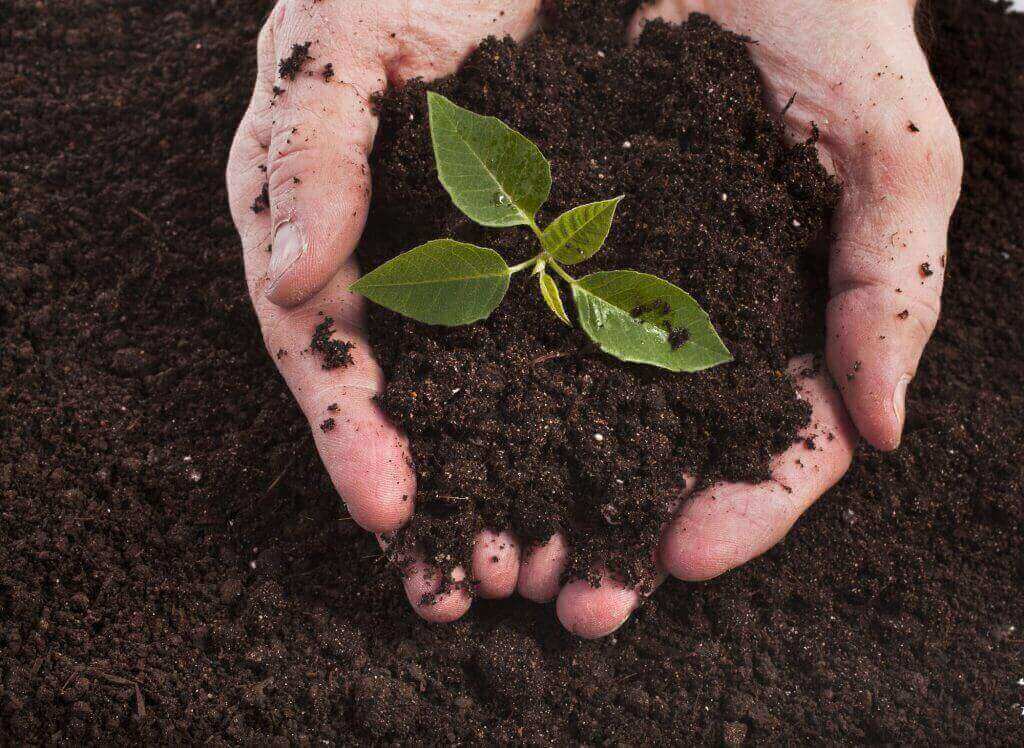👋 Click the mic button to talk to Alfred, the Todd's Seeds Gardening/Sprouting Expert – Feel free to ask him anything!
Ask Virtual Todd Anything - Click the Mic
It’s time to invest back in your best garden soil. After all, great garden soil makes the foundation of a successful garden. Proper garden soil structure makes for a beautiful, lush, green garden. So, what is the best garden soil to use?
Good garden soil needs to be:
- Loamy. Well-drained soil with good water retention is best for garden plants. Too much water retention can make the plants drown or stay damp and die. Also, good garden soil should drain well so that water will run easily off the plants.
- Compost. This is one of the best garden soil secrets there is. Adding organic matter to compost significantly improves its nutritional value for the plants that are planted in it.
- Aerate. Just like the name says it, aeration is an important part of any compost preparation. It helps to circulate the compost and loosen the soil, which allows for better water absorption and distribution. However, not all plants need deep breathing. You may just want to do this if you are adding grass or shrubs, because they often benefit from a bit of a wintry climate. Remember, the best garden soil recipe involves proper aeration.
- Create Aeration. Air and moisture are necessary for a healthy growing environment. But, air that is too dry can also kill plants, and that is something you don’t want. Using a raised bed rake or a shovel to break up large areas of soil and then adding a layer of gravel or peat moss is a great way to create proper moisture for your plants. Not only does this add nutrients to the soil, it protects the roots of the plants as well.
- Sub-Sizes. Many people mistakenly think that all soils are the same, but this simply isn’t true. Your local permaculture handbook will have many great suggestions on how to create soils that are suited to the needs of your plants.
Garden Soil Tips:
The best garden soils are organic matter based. This means that you want plenty of organic matter such as compost to go into your soil. Also, add plenty of humic acid and other beneficial organisms to your soil. These things will help to break down the soil and improve its texture. When you blend these things with proper plantings, you will have the best soil for your garden.
Soil texture is important when it comes to your plants’ health. If you have rocky soil that is full of silt and sand, your plants will have trouble growing in that type of soil. On the other hand, clay-based garden soils are best for plants that are established and have deep roots. You don’t want to mix clay with water or your plants will drown in the mixture.
When creating your best soil for your plants, try not to use any added nutrients that will make your soil stippier than it already is. Adding nitrogen, magnesium, and potassium is not a bad thing, as long as you do it in the correct quantities. Don’t let your soil dry out between waterings, or your plants will become prone to diseases. By providing your plants with the moisture they need without excessive amounts of added fertilizer, you can ensure that your soil has the correct texture for optimal plant life.
Once you’ve established a good base of garden soil, work on the topsoil layer by adding compost to it. Compost made from vegetable or plant waste helps break down organic material, resulting in rich soil that is full of nutrients. However, be sure that your compost is organic; you don’t want to have a compost that contains manure, animal products, or any other animal by-products. The best compost for your garden soil is one that is made from sustainable sources, such as manure from local farms or the lawns of the city.
Final Thoughts:
Aerating soil is a key component to a healthy garden. This process moves the sand, silt, and clay away from the roots of the plants. A little bit of water along with some air is needed to aerate the soil, but you need to work quickly, because the water must reach the deep roots of the grasses or crops in order to do so. If you wait too long, the water will run out of the soil and the roots will dry out. Aerating your soil in this way will also increase the amount of oxygen in the soil, which is vital to the health of the plant.
Creating the best soil for your garden is not hard work. But, if you are struggling with getting all the soil right, it can be a little overwhelming. Creating healthy garden soils takes patience, experimenting, and trial and error. But, once you have created your best soil, the hard work won’t be so hard. Remember that the best garden soil recipes take a little time and effort, but the results will definitely speak for themselves! A thriving garden is truly a piece to be proud of.
Visit Todd’s Seeds YouTube channel for more gardening tips and more!
